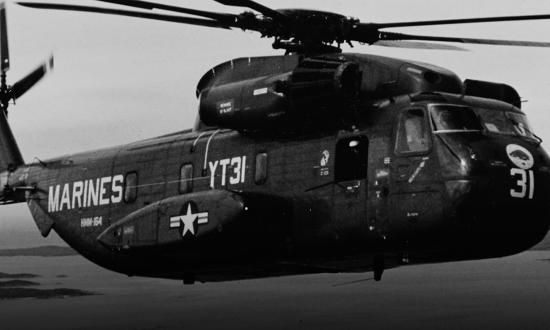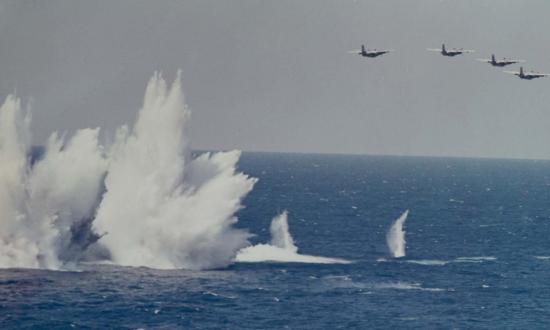November 1921 Proceedings—“Aircraft appeared in the great war as a new instrument of warfare,” Commander D. E. Cummings, U.S. Navy, wrote in “Use of Aircraft in Naval Warfare.” “Their uses include scouting, bombing, torpedo firing, spotting, lookout, combat, escort, attack on surface craft by gunfire, dispatch carrying, and transport. One of the greatest limitations to which aircraft are now subject is life of materials employed. The safe life of aircraft is limited by deterioration of wing fabric, struts, etc., which cannot always be detected from the outside.”
November 1971 Proceedings—In “At Sea – Where We Belong,” Major Robert C. McFarlane, U.S. Marine Corps, future National Security Advisor to President Ronald Reagan, wrote, “The future, which portends a continuation of extremely demanding U.S. defense commitments of the 1950s and 1960s, but with fewer overseas bases and fewer forward deployed land forces, offers an opportunity, and indeed a requirement. Navy and Marine Corps amphibious forces must fully restore the capability to carry on U.S. pre-eminence in controlling the seas and standing ready to project combat power ashore when and where required in support of the national interest and U.S. commitments.”
November 1996 Proceedings—In “The Critics Were Right,” Jeffery Record, who served as a civilian pacification advisor in the Mekong Delta 1968–69, wrote, “Lost Wars often provoke orgies of finger-pointing, and the Vietnam War was no exception. One thing about this war is now clear, however. To the extent that U.S. behavior – as opposed to the enemy’s – contributed to its outcome, primary responsibility rests with civilian policy makers. They were the ones who were legally and politically in charge and who mistook Ho Chi Minh for Adolf Hitler, who committed U.S. military power to Indochina and kept it there for eight years.”
A. Denis Clift
Golden Life Member






